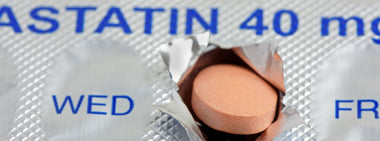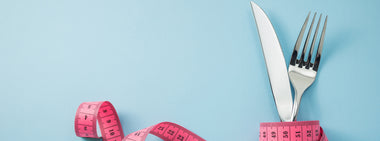Where does all that sodium come from?

Nearly all of us get more sodium than we need. Way more. But where does it all come from?
A new study found that the vast majority comes from food we don’t make ourselves: about 70% comes from eating out and another 15% comes from processed foods consumed at home (like bread and luncheon meats). Sodium added during home cooking and salt added at the table account for relatively small amounts: about 5% each. The last 5% comes from things like softened water, supplements and nonprescription antacids.
This same study revealed that the average sodium intake among average Americans is around 3500 mg per day. This is way above the upper limit of recommended (2300 mg/day) and more than twice the healthy amount of less than 1500 mg/day.
Reducing sodium in our diets is not just a good idea – it markedly influences health. Read on.
In England, efforts to reduce sodium in prepared and processed foods over a period of 8 years led to a 15% reduction in sodium intake (about 560 mg less per day). As well as a 42% reduction in death due to stroke and a 40% reduction in death from heart disease. Yup. You read that right. If a drug could do that, it would be flying off the shelves! And that was even while average BMI of Britons increased over the same time period.
So what can you do to reduce the amount of sodium you consume?
- Get educated. Start reading food package nutrition panels and research the sodium content of restaurant meals before your buy. Many food chains provide this information on their websites.
- Reduce your intake of bread and processed meats.
- Use less salt when you cook and remove the salt shaker from the table.
- Purposefully add in foods you know are low in sodium – like fresh fruits and vegetables. Eat those first before you eat your main meals. This will ensure that you will eat less of the high sodium foods. Even one less forkful matters.
- Use Step One Foods regularly. The salt savings you will see are astounding. For example, by substituting Step One Foods Oatmeal for a regular bagel at breakfast and substituting Step One Foods Chocolate Crunch Bar for a regular sized Snickers Bar for snack will eliminate about 540 mg of sodium. If you do this for one year, you will have cut out nearly TWO CUPS of salt from your diet. But that’s not all. This simple switch out will help you lose 18 pounds. And add in the antioxidant equivalent of a 150 pounds of kale! And help reduce your risk of stroke. And help reduce your risk of heart disease…
This is why we do what we do.
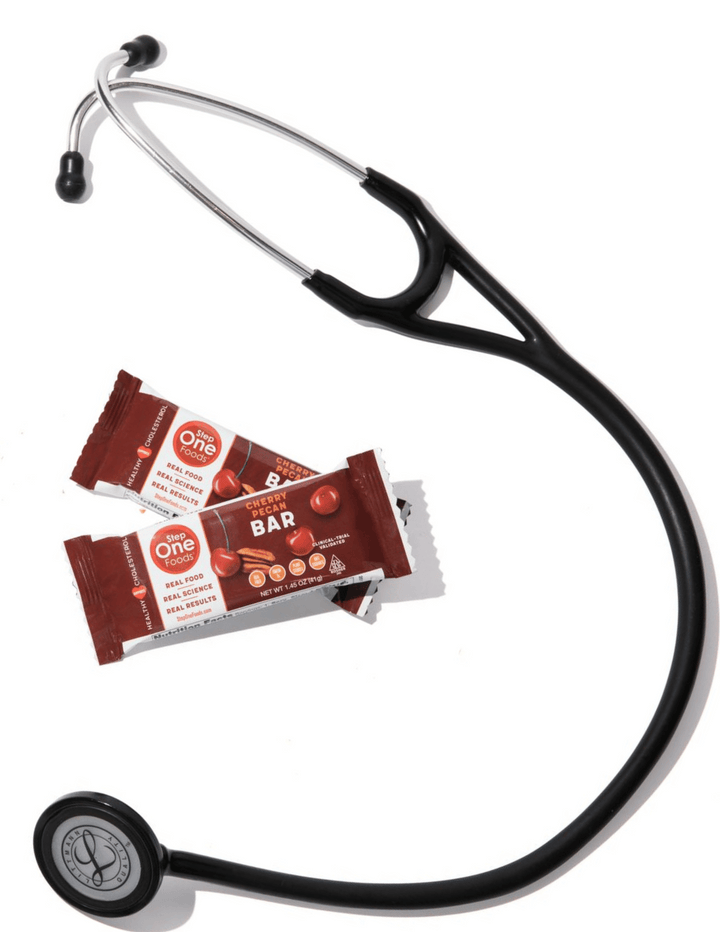
Tested & Proven Results.
- Cardiologist formulated
- Supported by over 500 publications
- Clinically-proven, in a double-blind randomized trial with Mayo Clinic and The University of Manitoba
80% of participants lowered their cholesterol in just 30 days. With just two servings per day, Step One Foods offers a proven-effective way to naturally lower LDL (bad) cholesterol.
Get heart health tips and articles like this, delivered right to your email.
New articles every week.
You may also like...
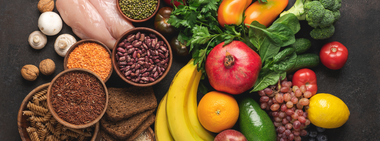
Insulin Resistance, Prediabetes and Type 2 Diabetes. Part 4: Un-Doing It.
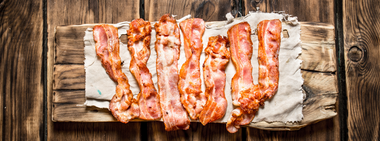
You don’t need to avoid foods with cholesterol…except for these
